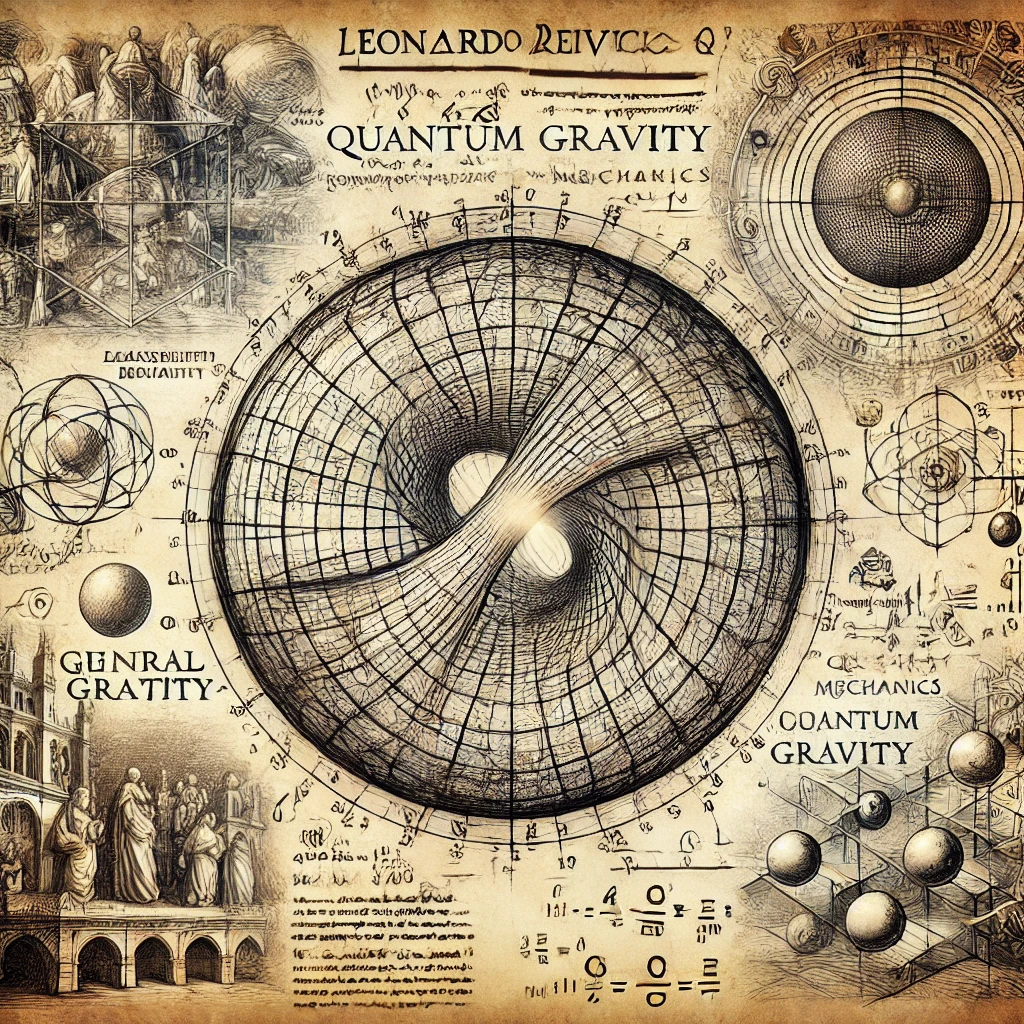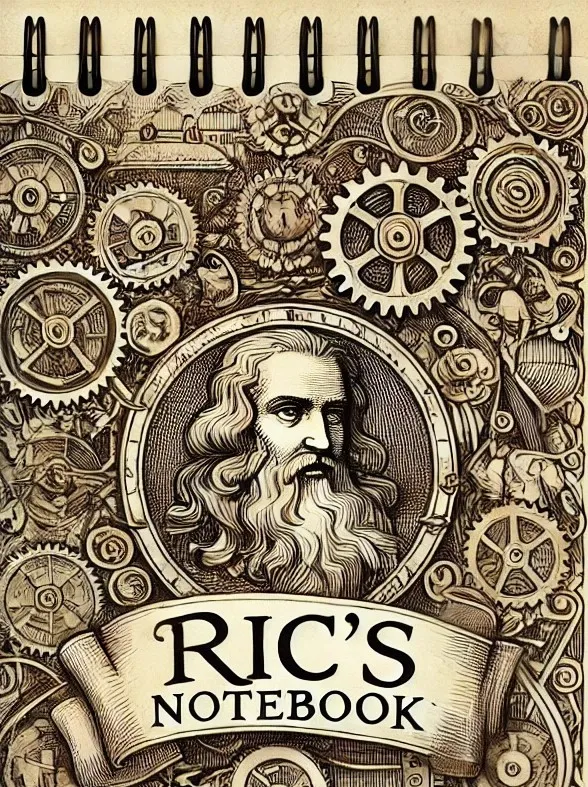
- Published on
- Authors

- Name
- ric de yuga 😄
🌌 Quantum Gravity: Bridging the Microscopic and Cosmic Realms 🌌
Quantum gravity stands at the forefront of theoretical physics, representing the holy grail of a unified theory that could describe all fundamental forces of nature. This field aims to reconcile Einstein's general relativity with quantum mechanics, potentially revealing the quantum nature of spacetime itself.
🧲 The Challenge: Incompatible Frameworks 🧲
The core challenge in quantum gravity arises from the apparent incompatibility between general relativity and quantum mechanics. General relativity describes gravity as the curvature of spacetime:
G_μν = (8πG/c^4)T_μν
Where:
- G_μν is the Einstein tensor
- G is Newton's gravitational constant
- c is the speed of light
- T_μν is the stress-energy tensor
Quantum mechanics, on the other hand, describes the behavior of matter and energy at the smallest scales using the Schrödinger equation:
iℏ ∂/∂t |ψ⟩ = H |ψ⟩
Where:
- ℏ is the reduced Planck constant
- |ψ⟩ is the quantum state
- H is the Hamiltonian operator
🔍 Approaches to Quantum Gravity 🔍
Several approaches have been proposed to reconcile these frameworks:
1. String Theory
String theory posits that all particles are actually tiny vibrating strings. The graviton, the hypothetical particle that mediates gravity, emerges as a particular vibrational mode of these strings. The energy of a string is given by:
E = (n - a) / α'
Where:
- n is the excitation number
- a is a constant that depends on the string theory variant
- α' is the Regge slope parameter
2. Loop Quantum Gravity
Loop quantum gravity attempts to quantize spacetime itself, suggesting that space is composed of discrete "loops" at the Planck scale. The area operator in this theory has a discrete spectrum:
A = 8πγl_p^2 Σ_i √(j_i(j_i + 1))
Where:
- γ is the Immirzi parameter
- l_p is the Planck length
- j_i are half-integer spin numbers
3. Causal Dynamical Triangulations
This approach models spacetime as a collection of simplices (higher-dimensional triangles). The path integral for quantum gravity in this framework is:
Z = Σ_T e^(iS_EH[T])
Where:
- T represents a triangulation
- S_EH is the Einstein-Hilbert action
🌠 Key Concepts in Quantum Gravity 🌠
Several important concepts emerge in the study of quantum gravity:
1. Planck Scale
The Planck scale represents the regime where quantum gravitational effects become significant. The Planck length is given by:
l_p = √(ℏG/c^3) ≈ 1.6 × 10^-35 m
2. Holographic Principle
The holographic principle suggests that the information content of a volume of space can be described by a theory on its boundary. This is expressed in the holographic entropy bound:
S ≤ A / (4l_p^2)
Where:
- S is the entropy
- A is the area of the bounding surface
3. Emergent Spacetime
Many approaches to quantum gravity suggest that spacetime itself may be an emergent phenomenon from more fundamental quantum entities. This idea is encapsulated in the AdS/CFT correspondence, where:
Z_CFT = Z_gravity
Here, the partition function of a conformal field theory (CFT) is equated with the partition function of a gravitational theory in anti-de Sitter (AdS) space.
🔮 Future Directions and Challenges 🔮
The field of quantum gravity faces several key challenges:
Experimental Verification: Most quantum gravity effects are predicted to occur at energies far beyond our current experimental reach.
Conceptual Hurdles: Reconciling the probabilistic nature of quantum mechanics with the deterministic spacetime of general relativity remains a profound challenge.
Mathematical Consistency: Developing a mathematically rigorous framework that incorporates both quantum mechanics and general relativity is an ongoing effort.
As research in quantum gravity progresses, it may revolutionize our understanding of space, time, and the fundamental nature of reality itself. The quest for a theory of quantum gravity continues to inspire physicists and push the boundaries of our theoretical understanding of the universe.
